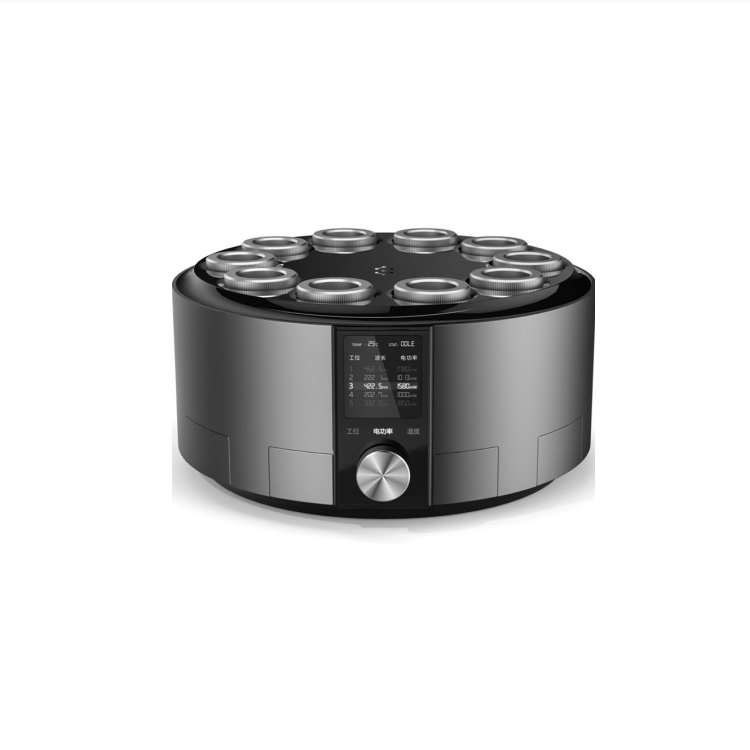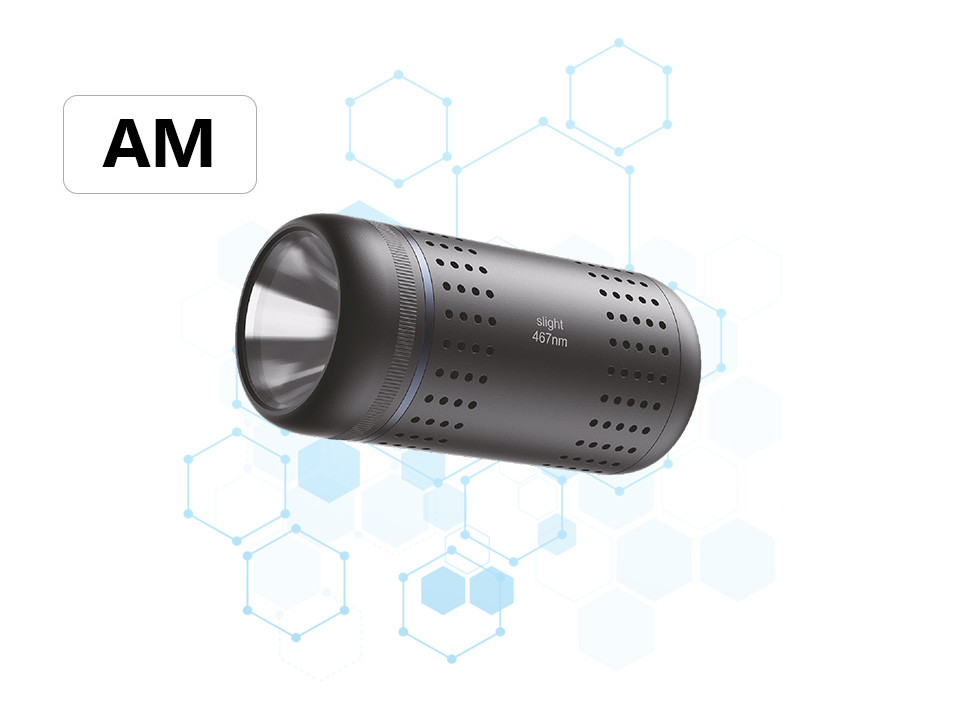How to choose LED light source for photochemical reactor?

When selecting an LED light source for a photochemical reactor, it is essential to comprehensively consider six core factors: wavelength compatibility, light intensity requirements, source stability, heat dissipation design, wavelength tunability, and cost. A detailed analysis is as follows:
Wavelength Compatibility
Choose an LED light source with a wavelength that matches the type of photochemical reaction. For instance, photocatalytic water splitting typically employs 365 nm UV or 420 nm blue LEDs, while photocatalytic CO₂ reduction may require wavelengths in the 450-500 nm visible range. If simulating sunlight, white LEDs or combinations of multi-wavelength LEDs can be used.
Light Intensity Requirements
Light intensity directly affects reaction rates. High-power LEDs (e.g., ≥100 W) provide greater intensity for rapid excitation in light-driven reactions, while lower-power LEDs (e.g., 10-50 W) are suitable for light-sensitive reactions. The appropriate power should be selected based on experimental scale (e.g., reaction system volume).
Source Stability
Prioritize LED light sources with high stability, which typically offer lifespans exceeding 10,000 hours and minimal output fluctuations. Poor stability can reduce experimental reproducibility and compromise result reliability.
Heat Dissipation Design
LED light sources require efficient heat dissipation systems (e.g., forced air cooling or heat pipe cooling) to prevent thermal degradation or damage caused by overheating. Effective heat dissipation extends service life and maintains stable output.
Wavelength Tunability
For experiments requiring multi-wavelength testing, select LED light sources with tunable wavelengths (e.g., adjustable from 365-940 nm) or use interchangeable LED modules to enable flexible adjustments.
Cost and Maintenance
While LED light sources may have higher initial costs than traditional sources (e.g., mercury lamps), they offer lower long-term costs due to reduced energy consumption and extended lifespans. Evaluate based on budget and experimental frequency.





